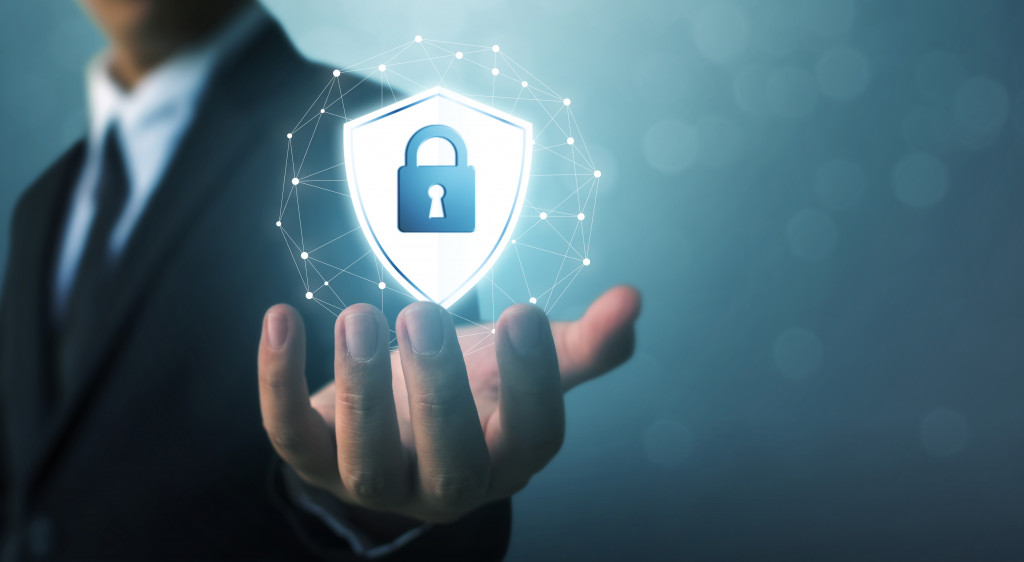Ransomware attacks can cripple your business if you’re not prepared. Ransomware is a type of malware that encrypts all your data and holds it for ransom until you pay a fee.
There are only two ways to get the data back: either purchase an encryption key from the hackers or use a backup file to unlock your data.
However, without backups, the only option is to pay the ransom fee to get access to your files again. Here are eight tips on:
1. Install Anti-Virus Software

It may seem like a no-brainer, but one of the best ways to prevent ransomware infection is by installing anti-virus software on every single computer within your business. Make it a rule that anyone getting a new company computer must install anti-virus before you allow them to log onto the network.
It would help if you also kept your anti-virus software up-to-date, as hackers are constantly finding new ways to attack your system without detection.
2. Back Up Your Data Regularly
Without backups, even basic malware can damage or destroy data beyond repair. Unfortunately, many businesses choose not to back up their files because of the time and cost involved.
However, this is shortsighted thinking that will end up costing you much more in loss of productivity and money spent recovering lost data than what was initially saved by avoiding regular backups.
The bottom is that if one of your computers is infected with ransomware without backups, you may be forced to pay the ransom fee to recover your data.
3. Do Not Use Flash Drives or CDs from Unfamiliar Sources
Flash drives and CDs can contain malware that’s just as dangerous as what you’d find on an infected computer.
It only takes two seconds of physical access to a network, whether it be at work or at home, for a hacker to gain access to the network and wreak havoc on your computers with ransomware.
4. Keep Your Passwords Strong and Updated
Passwords are usually the first line of defense against network attacks, so you need them to be strong and updated often. Make sure they contain a combination of upper and lowercase letters, numbers, and symbols.
Also, avoid using the same password across multiple accounts because if one is compromised somehow, hackers will try the same password on all your other pages.
5. Make Backups of Your Backups
If you suspect that your network is infected with ransomware, it is recommended to ask the hackers for payment instructions before paying any ransom fee.
This way, if things go wrong, you’ll still have access to a backup file. Also, it is suggested to make backups of your backups so you can roll back to an even earlier copy in case one gets destroyed.
This adds just another layer of protection to your network.
6. Change Default Passwords on All Devices
When setting up new network devices, reliable network security services usually have default passwords meant for initial network testing.
Hackers will try these defaults first to see if they can get into your network remotely, so it is recommended to change these to something more substantial as soon as you set up the device.
Also, turn off remote access to the device if it’s not being used for anything important because hackers can exploit that backdoor just as easily as any other open port.
7. Steer Clear of Phishing Emails
Phishing is one of the most common types of attacks on businesses and can lead to ransomware infections very quickly.
Hackers send emails posing as reputable companies asking you to click on a link or download an attachment. This allows them to infect your computer with malware without physical access, making it harder for your business.
The only way to avoid these scams is through awareness training, but even then, they are difficult for many employees, especially those who aren’t tech-savvy.
8. Stay Updated on the Latest Threats
Make sure to stay updated on the latest threats, so you know what kind of malware is currently being distributed online.
When new threats are discovered, security services usually release updates to their software to protect against them before they even get a chance to infect sensitive data.
Just because one type of ransomware gets patched doesn’t mean another out there just looking for an opportunity to strike.
When ransomware hits, it can take down your entire network. Every company should take these steps because once ransomware gets into one device, it can quickly spread throughout all its computers in a matter of minutes.
